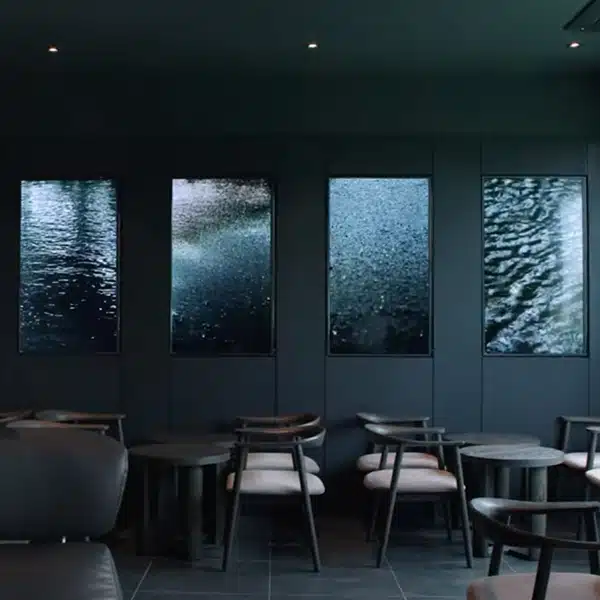
The falling cost of energy-efficient equipment means that in the not-so-distant future, we'll see more net-zero homes. But, what is that exactly? A net-zero energy home is one that uses about 60 to 70 percent less energy than a conventional dwelling, and the balance of its energy needs are supplied by renewable technologies. Think solar panels, wind turbines, and more. To help us further visualize a net-zero home, Dell's Tech One Page created an infographic that breaks down where its energy-efficiency would lie.
The diagram of a house highlights features that might surprise you. This includes veggie-based insulation, meaning that carpets are made from corn and paint is made with soy. Gray water recovery is also used, so sink, shower, and washing machine water is collected and used for toilet flushing and watering the yard.
Because of the once-costly price of materials, net-zero homes used to only be obtainable for the wealthy. It's now much more affordable, with lower electricity bills and tax incentives giving people a reason to install these systems in their home.
A net zero home is also healthier for you. According to ZeroHomes.org, they produce better air quality that reduces pollutants and allergens. This also prevents mold-causing moisture buildup, and these structures will last longer than traditional dwellings thanks to their sturdier construction.
























































































